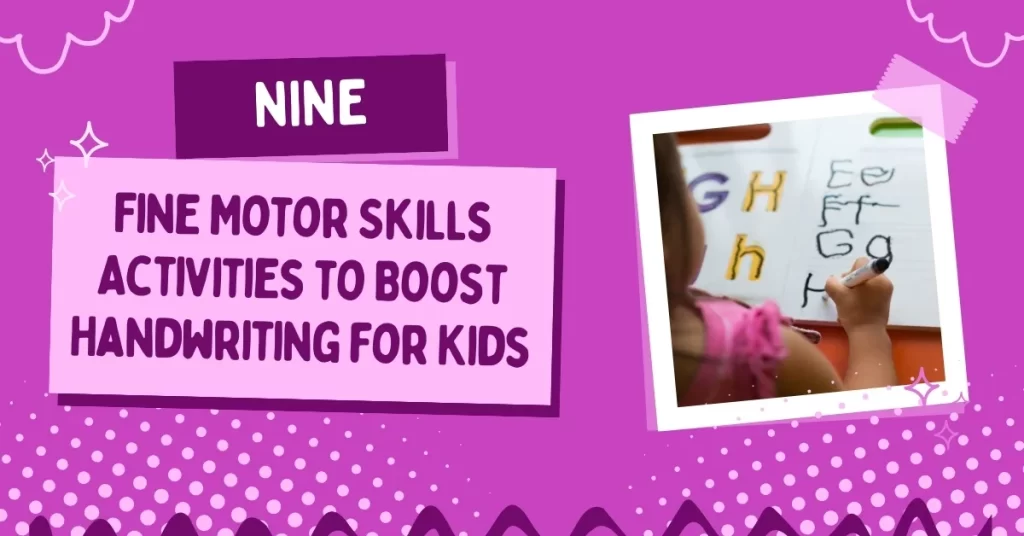9 Fine Motor Skills Activities to Boost Handwriting for Kids
Want to help your child master handwriting skills? Look no further! This post explores 9 engaging fine motor skills activities that make learning fun. From playful exercises to creative projects, discover ways to strengthen little hands and fingers, improve coordination, and build confidence. It’s time to turn playtime into a developmental playground and unlock the joy of writing!
What are Fine Motor Skills and How it Impact Handwriting?
Ever wondered why some children seem to effortlessly glide across a page with perfect penmanship, while others struggle to grasp a pencil or form legible letters? The answer lies in a hidden set of skills known as fine motor skills. These intricate movements of the hands and fingers, often overlooked, play a crucial role in developing strong handwriting skills for children.
Fine motor skills activities are not just about fun and games; they’re essential building blocks for literacy and self-expression. They involve:
- In-hand manipulation: The ability to pick up, hold, and move objects within the hand, crucial for a proper pencil grasp.
- Bilateral coordination: Using both hands together, like stabilizing paper with one hand while writing with the other.
- Dexterity: The precision and control of finger movements, necessary for forming accurate letter shapes.
Activities to promote fine motor skills can be simple and engaging and incorporated into daily routines:
- Play dough sculpting: Squishing, pinching, and rolling build hand strength and dexterity.
- Lacing beads: Threading beads improves hand-eye coordination and bilateral skills.
- Finger painting: Finger painting encourages exploration and strengthens finger muscles.
Fine motor milestones are important markers of development. By understanding these key stages, parents and educators can identify potential challenges and provide targeted support:
- Fine Motor Skills Activities for 2-3 year olds: Grasping crayons, scribbling, and starting to form basic shapes.
- Fine Motor Skills Activities for 5-6 year olds: Holding pencils comfortably, writing simple letters and numbers, and coloring within lines.
- Fine Motor Skills Activities for 7-9 years: Increased control and legibility, writing longer sentences, and starting to develop personal handwriting style.
By incorporating activities to promote fine motor skills, you’re not just helping with handwriting. It’s about building a foundation for lifelong learning, self-expression, and achieving their full potential.
9 Best Fine Motor Skills Activities to Boost Handwriting for Kids
Helping your child develop strong handwriting skills goes beyond drills and worksheets. It’s about nurturing fine motor development with activities to strengthen small writing muscles in the hands and wrists that allow for precise control and dexterity.
But how do you make these exercises engaging and fun? Here are 9 activities that seamlessly blend activities to develop fine motor skills with playtime. These engaging fine motor development activities will help them develop dexterity, hand-eye coordination, and finger strength, all while having a blast. So, grab your supplies and get ready for some skill activity fun with your child!
1. Play-Doh Playground

Molding and shaping colorful playdough strengthens hand and finger muscles, essential for letter formation activities in handwriting.
Why it’s awesome:
- Squeezing, pinching, and rolling strengthens hand and finger muscles.
- Using tools like rolling pins and cookie cutters adds an extra challenge.
- Encourages creativity and imagination.
Examples:
- Create Play-Doh animals or characters.
- Make Play-Doh pizzas and decorate them with “toppings.”
- Build Play-Doh castles or towers.
This activity also promotes bilateral coordination, a crucial gross motor skill, as your child uses both hands to manipulate the Play-Doh.
2. Finger Painting Fiesta
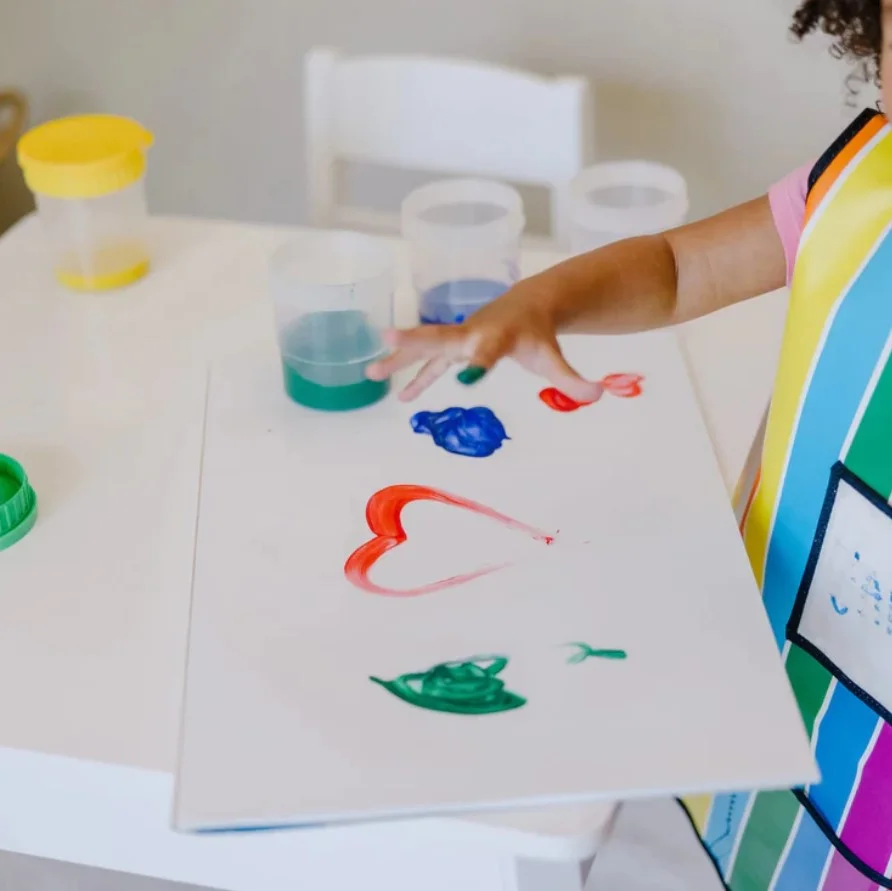
Dipping fingers in paint and exploring textures on paper strengthens finger and hand muscles, aiding in Skills Kids Need for Handwriting.
Why it’s awesome:
- Dipping fingers in paint and spreading it on paper strengthens hand and finger muscles.
- Encourages exploration of colors and textures.
- Provides sensory input for a fun and engaging experience.
Examples:
- Use different colors to create handprints, animals, or abstract designs.
- Add glitter or other textures to the paint for a sensory twist.
- Let your child explore different painting techniques like stamping and swiping.
Finger painting can also help with letter formation activities in handwriting, as children practice making shapes with their fingers.
3. Beading Bonanza

Threading beads onto string strengthens finger muscles and improves hand-eye coordination, crucial for letter formation activities in handwriting.
Why it’s awesome:
- Picking up and threading beads strengthens finger muscles and coordination.
- Creating patterns and sequences promotes problem-solving skills.
- Encourages self-expression and creativity.
Examples:
- Make simple necklaces and bracelets with colorful beads.
- String beads onto pipe cleaners to create fun shapes.
- Use beads of different sizes and textures for added complexity.
Beading is a great motor skill development activity that can be adapted to different skill levels.
4. Scissor Spectacular
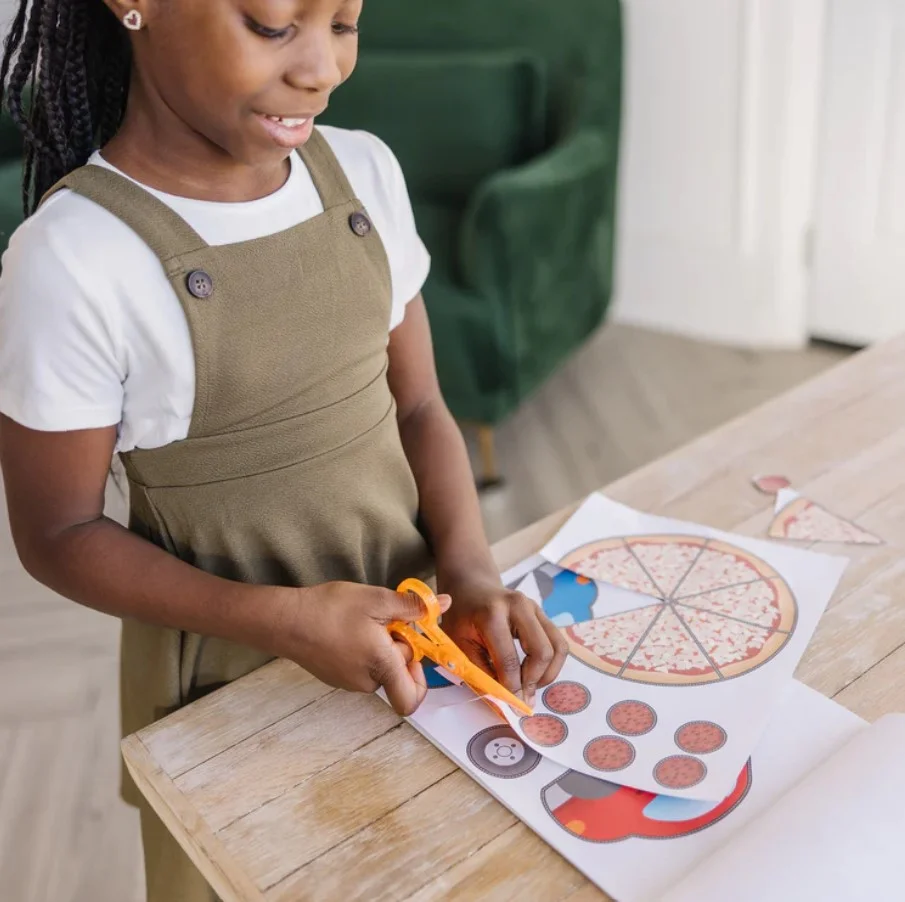
Cutting with scissors strengthens hand muscles and improves hand-eye coordination, essential for Activities to Improve Handwriting.
Why it’s awesome:
- Using scissors strengthens hand and finger muscles, preparing them for pencil control.
- Cutting along lines and shapes develops hand-eye coordination and visual tracking.
- Promotes patience and focus as children concentrate on their cuts.
Examples:
- Start with simple straight lines and progress to curves and zigzags.
- Cut out shapes from construction paper or magazines.
- Create fun collages or paper snowflakes.
Pair scissor practice with tracing activities to reinforce letter formation activities in handwriting.
5. Tweezers Teamwork
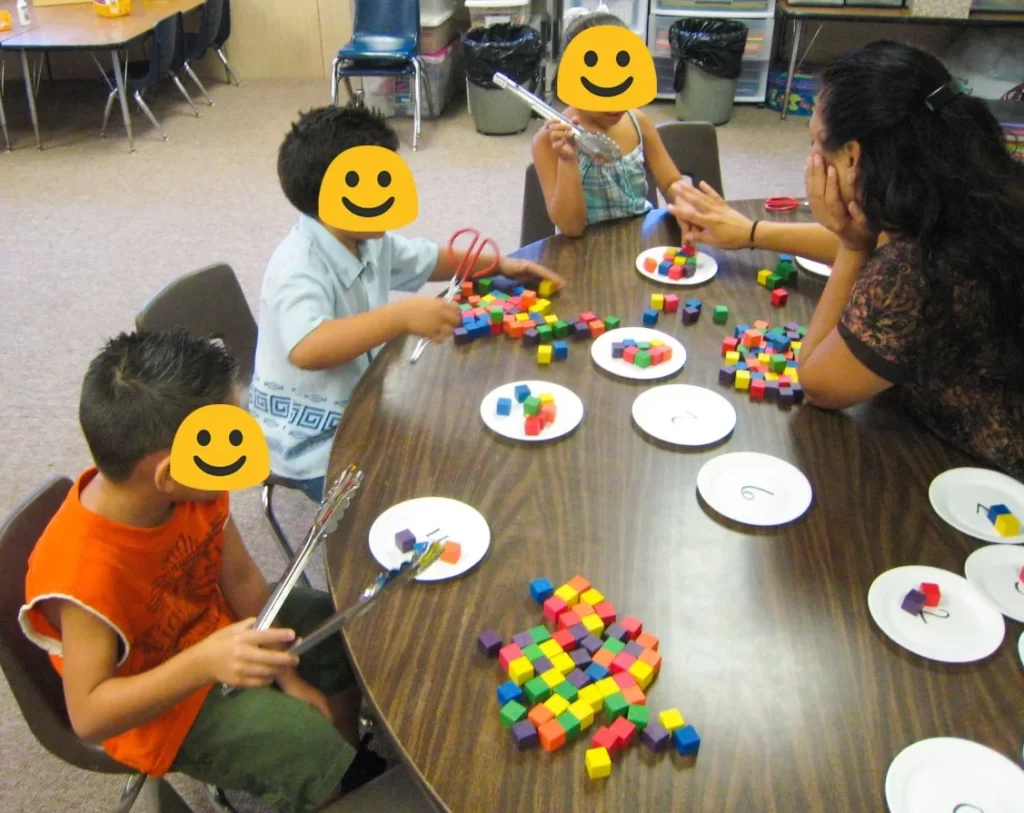
Picking up small objects with tweezers strengthens finger muscles and improves hand-eye coordination, crucial for letter formation activities in handwriting.
Why it’s awesome:
- Picking up small objects with tweezers strengthens finger muscles and pincer grasp.
- Sorting and classifying objects promotes problem-solving and critical thinking.
Examples:
- Sort pom-poms, buttons, or beads by color or size.
- Use tweezers to transfer objects from one container to another.
- Create miniature mosaics with small pebbles or sequins.
This activity is excellent for developing fine motor skills for manipulating pencils and other writing tools.
6. Lacing Loops
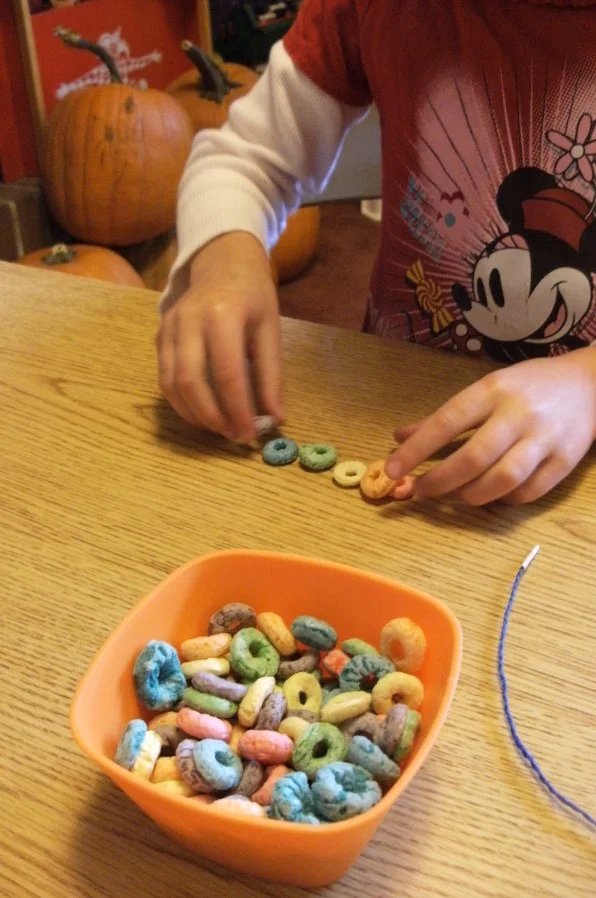
Threading laces through cards or toys strengthens hand muscles and improves hand-eye coordination, crucial for letter formation activities in handwriting.
Why it’s awesome:
- Lacing strengthens hand and finger muscles, especially the pincer grasp.
- Requires focus and concentration as children follow the loops.
- Develops problem-solving skills as they figure out the lacing pattern.
Examples:
- Use lacing cards with different shapes and patterns.
- String beads onto a shoelace to create a unique necklace.
- Make lacing toys from cardboard or felt.
Lacing promotes bilateral coordination, a crucial gross motor skill that supports handwriting development.
7. Sensory Playtime
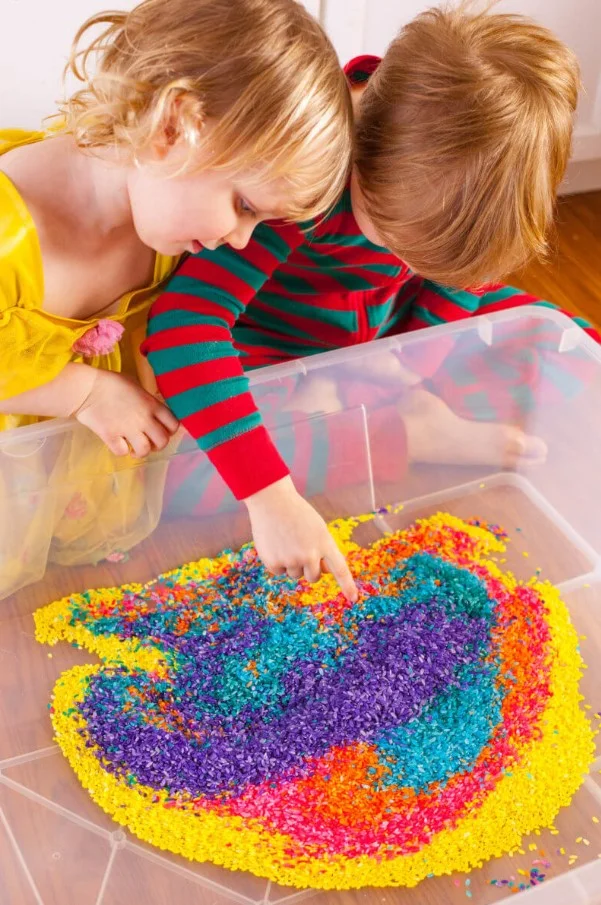
Exploring different textures with hands strengthens finger muscles and promotes sensory processing.
Why it’s awesome:
- Activities like playing with slime, kinetic sand, or play dough strengthen hand and finger muscles.
- Exploring different textures promotes sensory processing and development.
Examples:
- Squish, mold, and stretch sensory dough or putty.
- Create sensory bins with rice, beans, or pasta and hide small objects for them to find.
- Make homemade playdough with different scents and textures.
Sensory play provides a holistic approach to skill activity, benefiting both fine and gross motor development.
8. Drawing Delight
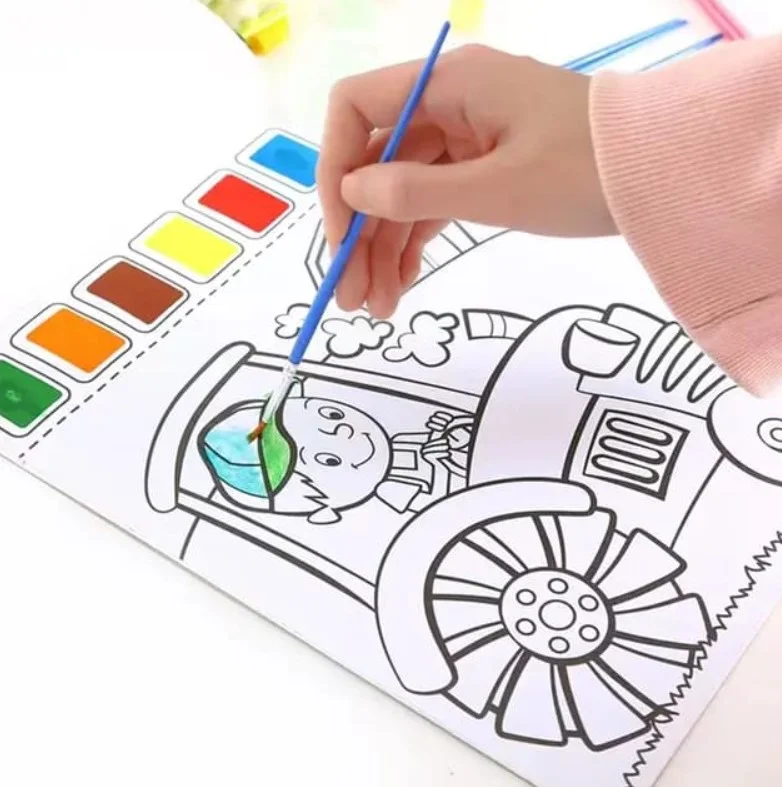
Holding a pencil and drawing strengthens hand and finger muscles, improves hand-eye coordination, and lays the foundation for letter formation activities in handwriting.
Why it’s awesome:
- Holding crayons, pencils, or markers strengthens finger muscles and hand-eye coordination.
- Exploring different drawing techniques enhances creativity and self-expression.
Examples:
- Start with simple shapes and progress to letters, numbers, and pictures.
- Use different drawing tools like crayons, markers, and chalk.
Combine drawing with letter formation activities in handwriting by tracing letters or practicing writing simple words.
9. Musical Mayhem

Playing musical instruments like shakers, drums, or tambourines strengthens hand and finger muscles, improves hand-eye coordination, and can indirectly support fine motor development activities.
Why it’s awesome:
- Playing instruments like shakers, drums, or bells strengthens hand and finger muscles.
- Exploring different sounds and rhythms promotes creativity and musical expression.
Examples:
- Make homemade maracas with beans in plastic containers.
- Use wooden spoons and pots as drums to create a percussive experience.
Engaging in musical activities can also improve listening skills and memory, further supporting overall development.
Remember, fine motor skills development is a journey, not a destination. Make these activities playful, age-appropriate, and most importantly, enjoyable for your child! Combine fine motor activities with gross motor skills examples like jumping, running, and climbing for a holistic approach to development.
Importance of Fine Motor Activities for Toddlers and Preschoolers
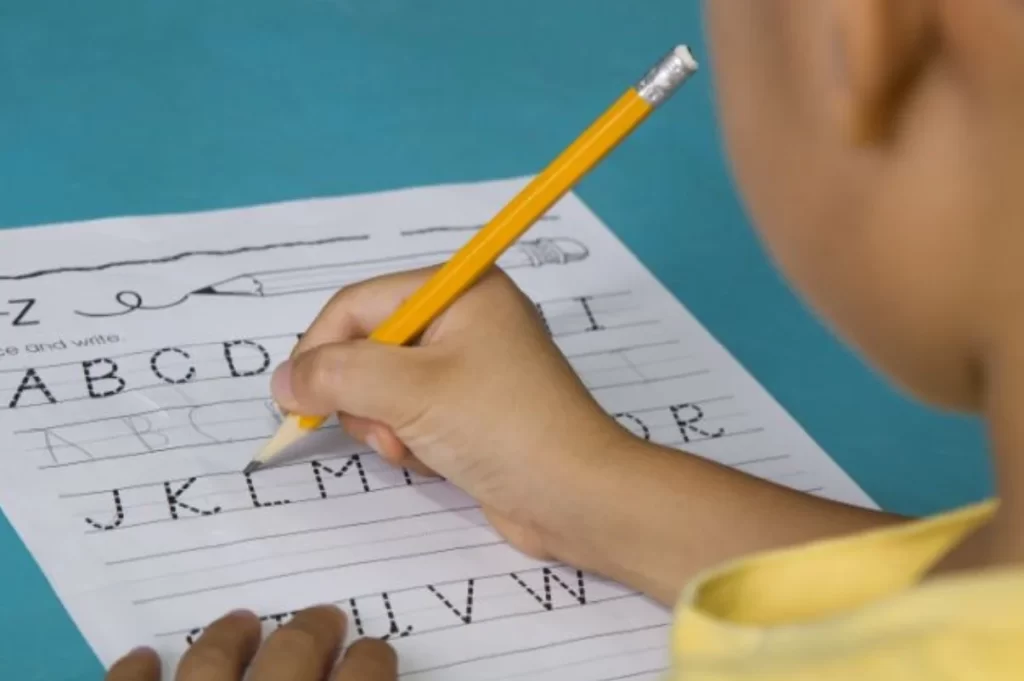
Why are these small actions so important?
- Strong Hands, Big Wins: Building with blocks, stringing beads, and playing playdough strengthen tiny muscles, boosting dexterity and coordination. This paves the way for writing, drawing, and tackling everyday tasks with confidence.
- Brainpower Boost: Fine motor play isn’t just fun, it sparks brainpower! It helps children problem-solve, plan, and overcome challenges, setting the stage for future learning success.
- Learning Through Play: Make it fun! Offer a variety of activities like drawing, building, and playing with toys. Celebrate their progress and enjoy the journey together.
Every child learns at their own pace. Keep it playful, engaging, and focused on the joy of discovery.
FAQs
Yes, options like pencil grips, writing slates, tracing stencils, and textured surfaces can aid handwriting development.
Drawing milestones is necessary but not compulsory. So with consistent practice, about 15-20 minutes daily, can lead to noticeable improvement in handwriting over time for your child.
Signs include difficulty holding objects, challenges with buttoning or zipping clothes, and struggles with using utensils or writing tools.
Encourage motor skill development activities like stringing beads, playing with clay or Play-Doh, using tweezers to pick up small objects, and completing puzzles.
- For preschoolers: Finger painting letters, tracing letters in sand or shaving cream.
- For elementary schoolers: Writing letters with sidewalk chalk, forming letters with playdough.
- For older kids: Typing practice games, creating letter art with magazines or newspapers.

